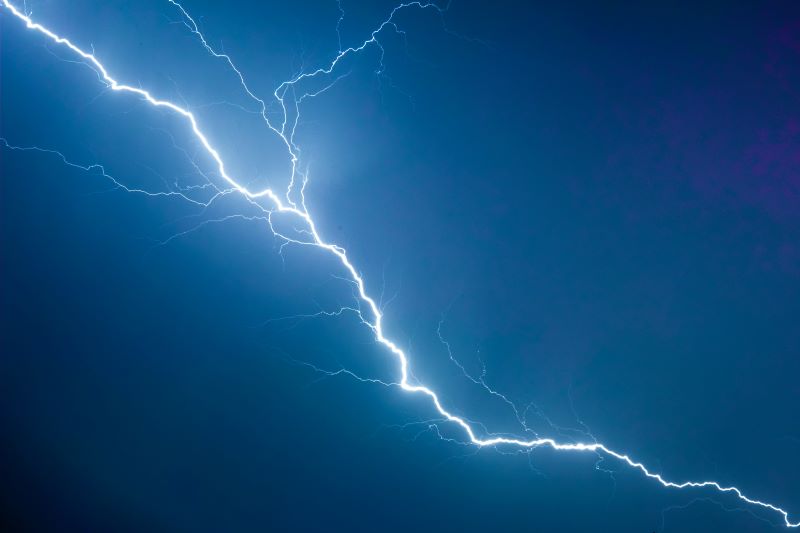Army researchers are collaborating to enhance multi-agent teaming capabilities for the Soldier that will lead to improved situational awareness and communication capabilities on the battlefield, the U.S. Army CCDC Army Research Laboratory announced June 8.
Scientists from the U.S. Army Combat Capabilities Development Command’s Army Research Laboratory have improved distributed algorithms for multi-agent coordination, and provide a framework for information collection in limited bandwidth scenarios to enhance battlefield situational awareness and communication capabilities for the Soldier.
The team presented the research virtually at the 45th International Conference on Acoustics, Speech, and Signal Processing. The lab’s Drs. Jemin George and James Hare are working at the forefront of this research.
George’s research, conducted in collaboration with North Carolina State University and the laboratory’s postdoctoral fellow Dr. Anjaly Parayil, is applied to collaborative target tracking and directed communication, and aims at maturing distributed algorithms for autonomous coordination of intelligent multi-agent systems to provide better situational awareness and communication capabilities to the Soldiers.
Presented in two separate papers, this research looks at the problem of autonomous multi-agent coordination for directed communication and persistent surveillance.
The first paper, A Model-Free Approach to Distributed Transmit Beamforming, looks at how multi-agent systems, acting as distributed antenna array elements, coordinate their position and transmitted signal phase so that the broadcasted signal coherently adds up in the desired direction while canceling in others.
“This multi-agent approach allows for establishing a directed communication channel without having access to a physically connected antenna array,” George said. “Such communication capability is a severely needed covert communication technology for our Soldiers.”
The second paper, Distributed Tracking and Circumnavigation Using Bearing Measurements, looks at the problem of tracking a maneuvering target using multiple unmanned aerial vehicles.
“Studies have shown that overhead surveillance provides minimal awareness in a dense urban terrain, and 75% of air missions fail to drop ordnance in dense urban areas due to fleeting targets,” George said. “We hope to change this by developing techniques that would allow multiple UAVs to coordinate their efforts such that they collectively provide persistent eyes on a maneuvering target.”
Though there are numerous research efforts on distributed beamforming, he said, almost all of them involve a physically connected antenna array and assume a well-known model for how the environment affects the transmitted signal.
“There is very little prior work on a multi-agent approach to the problem,” George said. “Our multi-agent approach is a closed-loop solution to the problem that doesn’t require knowing the channel model, which is a model for how the environment influences the transmitted signal. Rather, the closed-loop approach relies on the measurement feedback. Similarly, our distributed tracking work does not make any restricting assumptions regarding the target motion.”
According to George, though these are distributed techniques, they do not require constant communication among the participating agents like the typical distributed algorithms. Such distributed algorithms are very useful in a contested and communication constrained battlefield.
Hare’s related research, sponsored by an Office of the Secretary of Defense’s Laboratory University Collaboration Initiative led by the lab’s Dr. Lance Kaplan in collaboration with the Massachusetts Institute of Technology, focuses on a distributed hypothesis testing algorithm that accounts for limited training data and minimizes the number of messages communicated among a network of agents, and is applicable to scenarios with high communication costs.
According to Hare, transmitting messages can cost a large amount of energy, and if the agents are battery limited, the amount of energy consumed must be limited to extend the lifetime of the agent. Another aspect is when there is not enough bandwidth to transmit the entire message. This results in the agents having to transmit multiple messages, which is costly over time.
This particular research effort developed an algorithm that allows a network of social agents to identify the fundamental true state of the world based on a stream of local/private observations and repeated social interactions in a bandlimited environment.
“Each agent collectively debates on which of their predefined models, i.e., hypotheses, best matches the statistical distribution of observations privately observed for applications of situational awareness,” Hare said. “However, unlike all the other methods, we assume that the agents do not know the exact statistical distribution of their predefined models and must estimate them based on a small set of training data, resulting in statistical models that are highly uncertain.”
The overall goal of the network, he said, is to collectively determine which hypothesis best matches the true state of the world in a distributed manor.
Additionally, Hare and the team proposed a social learning rule that allows the agents to collectively evaluate each hypothesis, while minimizing the number of messages communicated during each time step, due to a bandwidth-limited environment with high communication cost.
According to Hare and Kaplan, this research supports the Army Modernization Priorities as the researchers move forward in developing uncertainty-aware artificial intelligence/machine learning algorithms that support Soldier/agent collaboration in applications that involve situation awareness.
Source: US Army








